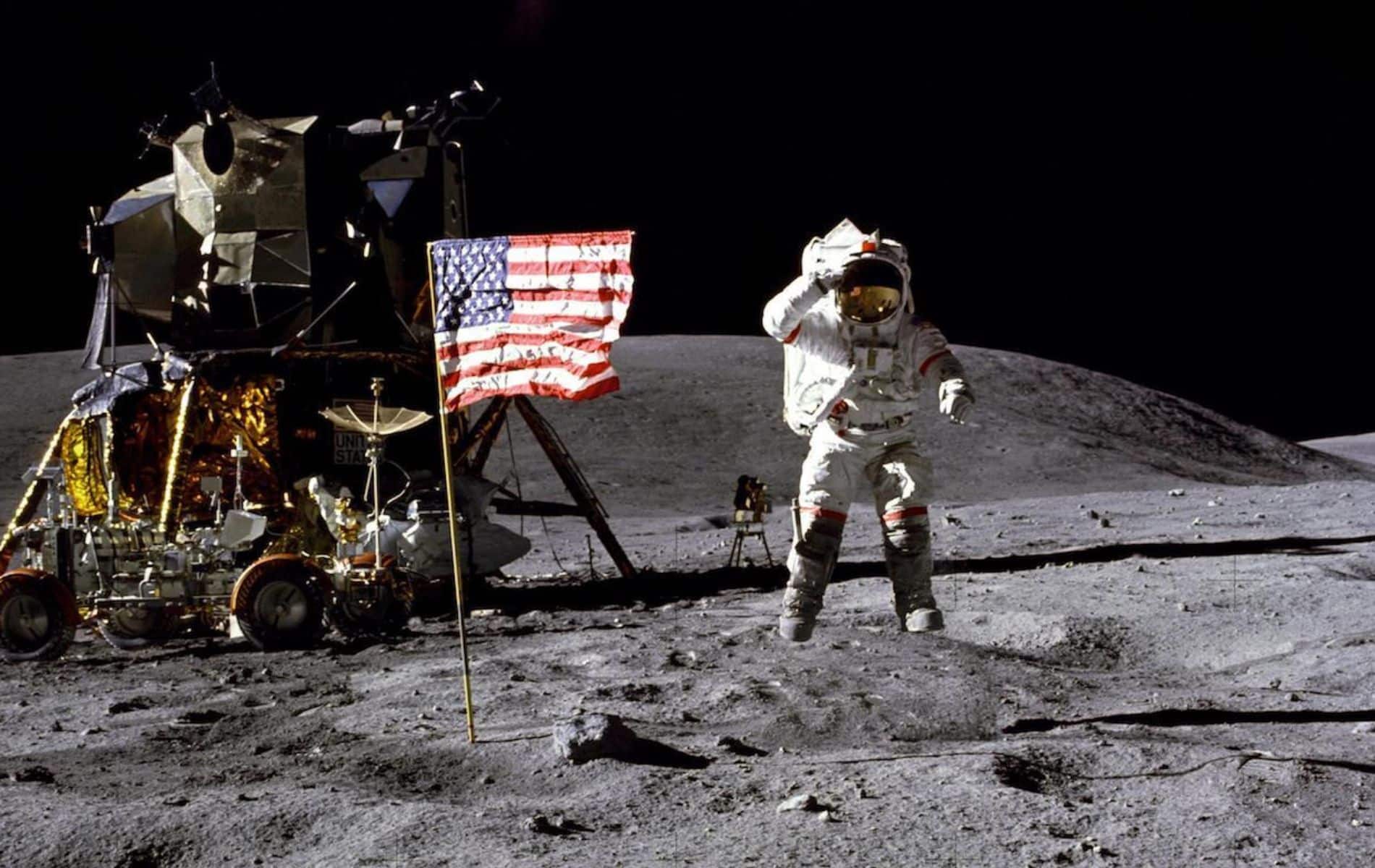
Moon boot? No problem, as scientists have proven
All we need is a good lens and a little sunlight!
This can be read in the magazine Scientific reports. Scientists wrote in the magazine that they had succeeded in fusing moon dust into a solid, layered material using a laser. In doing so, they showed that it is relatively easy to build streets or landing sites on the Moon, using the raw materials available there.
Laser
Scientists base their conclusions on experiments conducted on lunar simulators. This is a substance that originates on Earth, but is very similar to the dust we find on the surface of the Moon. Using a carbon dioxide laser, the researchers allowed simulated moon dust to collect into 250 mm hollow geometric shapes (see image below). By interlocking these shapes – like decorative paving here on Earth – you could theoretically “pave” a fairly large surface on the Moon and thus create routes or landing sites for spacecraft, the researchers say.

Roads are not an unnecessary luxury
The research comes at the right time. Because it looks like people will soon be setting foot on the moon (again). This time it should finally lead to the creation of a real base on the Moon, where people can stay for a longer period of time. Methods are not only useful, but perhaps even necessary. Because when you walk on the moon or speed on the surface in a lunar module, a lot of dust kicks up. Due to the limited gravity on the Moon, this dust also lingers around for a long time. This is not only annoying, it is also dangerous – due to the evil nature of moon dust. Because moon dust is fixed and sticks to everything. In addition, because it is so fine, dust also penetrates everywhere effortlessly, as we learned during the manned Apollo missions of the 1960s and 1970s. For example, dust particles – which are also very sharp – have been able to penetrate astronauts’ spacesuits and sometimes render them unusable. To make matters worse, dust particles also reached the astronauts’ lungs, where they caused a veritable “lunar hay fever.” It should be obvious: You want to have as little dealing with moon dust as possible. The idea is that by building paved roads and landing sites, wind gusts as well as contact with moon dust can be reduced.
raw materials
Although they used simulated moon dust in their experiments, the researchers hope their approach will also work on the moon, with real moon dust. That would be good news. Because this means that we can build roads using the raw materials available on the moon. This is much cheaper and easier than if we had to first transport those raw materials from Earth to the Moon.
If future lunar colonists do set out to explore Mars, researchers suggest using a lens to focus sunlight instead of a laser. Their calculations indicate that a lens with an area of just over 2 square meters should be able to replace the laser and incorporate moon dust. Transporting such a lens from Earth to the Moon is still easy, so there seems to be nothing stopping us from building roads on the Moon as well.

“Web maven. Infuriatingly humble beer geek. Bacon fanatic. Typical creator. Music expert.”
